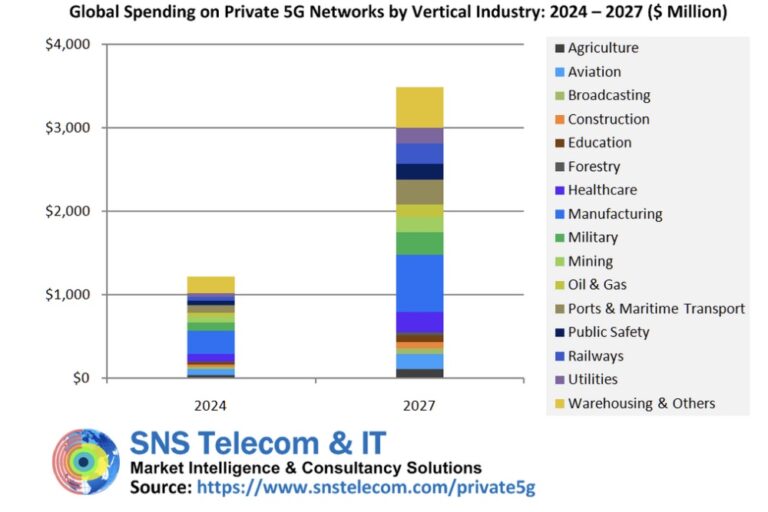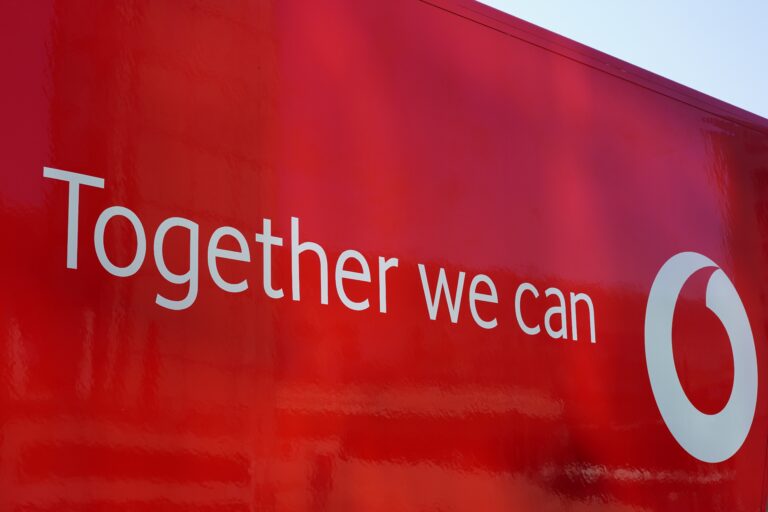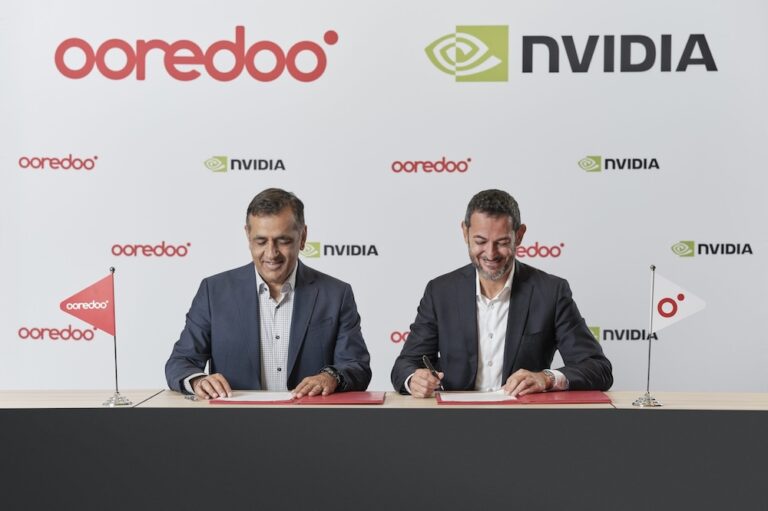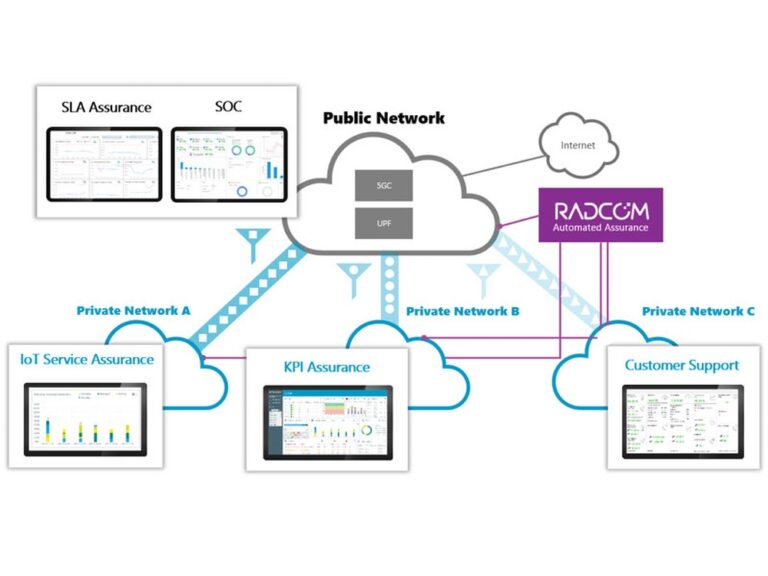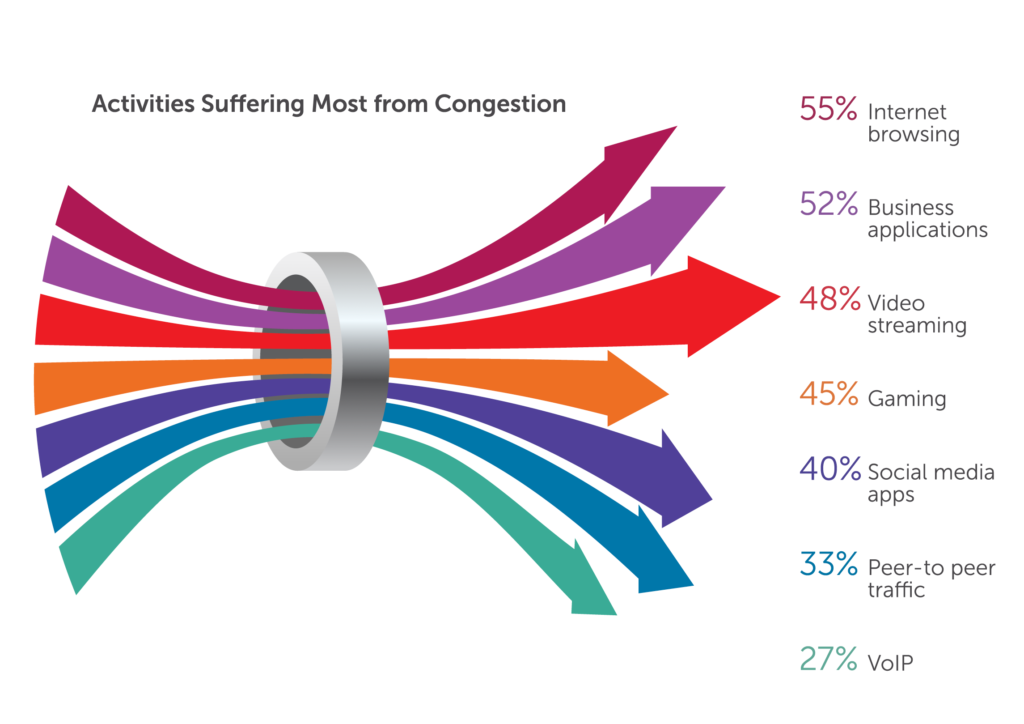Apple becomes the first company to face action under the digital competition rules and holds back some AI features due to DMA
The European Commission has told Apple of its preliminary view that its App Store rules are in breach of the Digital Markets Act (DMA), as they prevent app developers from freely steering consumers to alternative channels for offers and content.
In addition, the Commission opened a new non-compliance procedure against Apple over concerns that its new contractual requirements for third-party app developers and app stores, including Apple’s new “Core Technology Fee”, fall short of ensuring effective compliance with Apple’s obligations under the DMA.
Under the DMA, developers distributing their apps via Apple’s App Store should be able, free of charge, to inform their customers of alternative cheaper purchasing possibilities, steer them to those offers and allow them to make purchases.
“Apple’s new slogan should be ‘act different’. Today we take further steps to ensure Apple complies with the DMA rules. We have reason to believe that the AppStore rules not allowing app developers to communicate freely with their own users is in breach of the DMA,” said EU internal market commissioner Thierry Breton.
“We are also opening a new case in relation to Apple’s new business terms for iOS. Without prejudice to Apple’s right of defence, we are determined to use the clear and effective DMA toolbox to finally open real opportunities for innovators and for consumers,” he added.
Apple currently has three sets of business terms governing its relationship with app developers, including the App Store’s steering rules. The Commission said none of these business terms allow developers to freely steer their customers. For example, developers cannot provide pricing information within the app or communicate in any other way with their customers to promote offers available on alternative distribution channels.
The Commission added that under most of the business terms available to app developers, Apple allows steering only through “link-outs”, that is, app developers can include a link in their app that redirects the customer to a web page where the customer can conclude a contract. The link-out process is subject to several restrictions imposed by Apple that prevent app developers from communicating, promoting offers and concluding contracts through the distribution channel of their choice.
It added that while Apple can receive a fee for facilitating via the AppStore the initial acquisition of a new customer by developers, the fees charged by Apple go beyond what is strictly necessary for such remuneration. For example, Apple charges developers a fee for every purchase of digital goods or services a user makes within seven days after a link-out from the app.
Breach detected
By sending preliminary findings, it is the Commission’s current view that the company is in breach of the DMA. Apple naturally has a right of reply. The company told the FT [subscription needed] it had: “made a number of changes to comply with the DMA in response to feedback from developers and the European Commission”.
“We are confident our plan complies with the law, and estimate more than 99 per cent of developers would pay the same or less in fees to Apple under the new business terms we created,” said a spokesperson.
If the Commission’s preliminary views were to be ultimately confirmed, none of Apple’s three sets of business terms would comply with Article 5(4) of the DMA, which requires gatekeepers to allow app developers to steer consumers to offers outside the gatekeepers’ app stores, free of charge. The Commission would then adopt a non-compliance decision within 12 months from the opening of proceedings on 25 March 2024.
Apple has been reacting to the EU’s rising activity. In January it tweaked iOS, the app store and the Safari browser to allay competition concerns from the EU and last week it announced it would delay the introduction of its AI-enabled features in the EU due to uncertainty around their compliance with the latest rules. The latter move will not hurt the company given only a small percentage of its handsets will support these features. Apple has already been fined this year over competition concerns around its music streaming services.
In case of an infringement, the Commission can impose fines up to 10% of the gatekeeper’s total worldwide turnover. Such fines can go up to 20% in case of repeated infringements. Moreover, in case of systematic infringements, the Commission is also empowered to adopt additional remedies such as obliging a gatekeeper to sell a business or parts of it, or banning the gatekeeper from acquisitions of additional services related to the systemic non-compliance.
Non-compliant contract terms
The European Commission has also opened a non-compliance investigation into Apple’s new contractual terms for developers regarding access to features enabled by the DMA, such as alternative app stores. Key areas of the investigation include Apple’s Core Technology Fee of €0.50 per installed app, the multi-step process for downloading and installing alternative apps, and the eligibility requirements for developers.
The investigation will assess if these terms breach Article 6(4) of the DMA, focusing on their necessity and proportionality. The Commission will also continue preliminary investigations into Apple’s validation process for apps and alternative app stores.
“Today is a very important day for the effective enforcement of the DMA: we have sent preliminary findings to Apple. Our preliminary position is that Apple does not fully allow steering. Steering is key to ensure that app developers are less dependent on gatekeepers’ app stores and for consumers to be aware of better offers,” said Margrethe Vestager, the EU’s executive vice-president in charge of digital policy.
“We have also opened proceedings against Apple in relation to its so-called core technology fee and various rules for allowing third party app stores and sideloading. The developers’ community and consumers are eager to offer alternatives to the App Store. We will investigate to ensure Apple does not undermine these efforts,” she added.
Alphabet, Amazon, Apple, ByteDance, Meta and Microsoft, the six gatekeepers designated by the Commission on 6 September 2023, had to fully comply with all DMA obligations by 7 March 2024.
On 25 March, the Commission opened non-compliance investigations into Alphabet’s rules on steering in Google Play and self-preferencing on Google Search, Apple’s rules on steering in the App Store and the choice screen for Safari, and Meta’s “pay or consent model”. The Commission announced additional investigatory steps to gather facts and information in relation to Amazon’s self-preferencing and Apple’s alternative app distribution and new business model.
Apple delays AI launch in Europe
Last Friday, Apple said it would delay launching three new AI features in Europe on the grounds that competition laws in the European Union mean the company must ensure that rival products and services can function with its devices.
The three features are Phone Mirroring, better SharePlay Screen Sharing enhancements and Apple Intelligence – will not be rolled out to EU users this year because of regulatory uncertainties due to the EU’s Digital Markets Act (DMA).
Apple repeated its mantra that the EU’s regulations would force it to compromise the devices’ security which seems to cut no ice with the bloc’s regulators.
The features will be launched in autumn in the US and in Europe next year.




